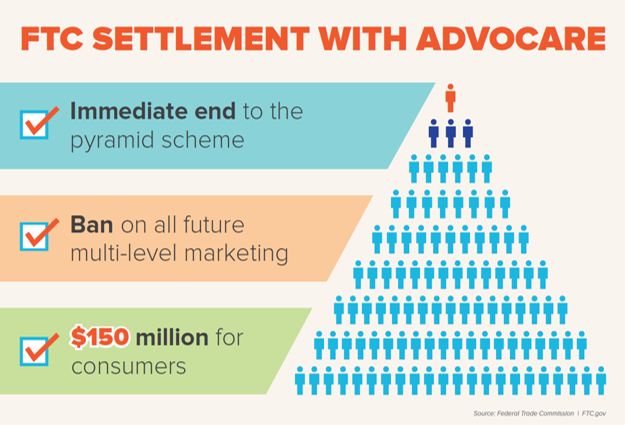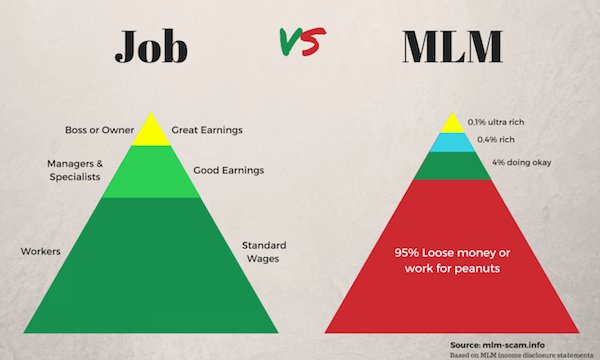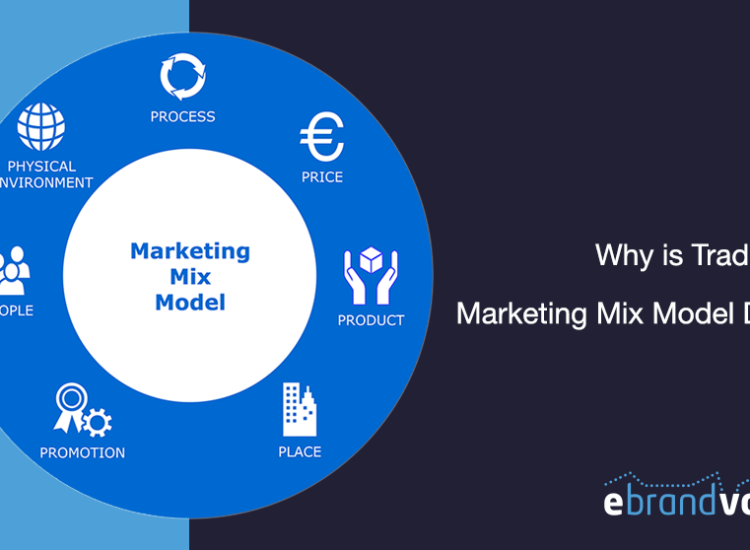Multi-Level Marketing (MLM) has been a buzzword in both the business world and among entrepreneurial communities. With its promise of financial freedom and the allure of passive income, many are intrigued by the potential benefits MLM offers. However, it’s essential to understand the intricacies of this business model before jumping in. In this comprehensive guide, we’ll explore what MLM is, its benefits and drawbacks, and how to succeed in the industry.
Toc
Introduction to MLM

At its core, MLM is a business model that involves individuals selling products or services directly to consumers through a network of distributors. These distributors not only sell the products but also recruit others to join their team and become distributors themselves. As a result, they earn commissions from both their sales and the sales of those they have recruited. This multi-level structure creates a hierarchy within the company, with higher-level distributors earning a percentage of the profits made by those in their downline. MLM companies often have a wide range of products and services, from health and wellness to beauty and personal care.
What is Multi-Level Marketing?
Multi-Level Marketing, also known as network marketing or pyramid selling, is a business model where individuals sell products directly to consumers and earn commissions not just on their sales but also on the sales made by people they recruit into their network. This hierarchical structure means that participants can potentially earn income from multiple levels of their downline. MLM companies usually have a wide range of products and services, from health and wellness to beauty and personal care. Some popular examples of MLM companies include Amway, Herbalife, and Avon.
How does Multi-Level Marketing work?
MLM works by utilizing a direct selling model where distributors sell products or services directly to consumers through face-to-face interactions, online sales, or home parties. The distributors earn commissions on their sales and also receive bonuses for recruiting others into the company. These recruits then become part of the distributor’s downline, allowing them to earn a percentage of their sales as well. This process continues as more people are recruited into the network, creating multiple levels within the structure. The MLM model typically involves:
- Direct Sales: Selling products directly to consumers.
- Recruitment: Bringing new salespeople into the network.
- Commissions: Earning a percentage of sales made by both oneself and one’s recruits.
- Rank Advancement: Climbing the ranks within the MLM company to unlock higher commissions and bonuses.
Benefits of MLM

One of the main benefits of MLM is the potential for passive income. As you build your network and recruit more distributors, you can earn a percentage of their sales without actively selling products yourself. This means that once you have established a solid team, you can potentially earn money even when you’re not actively working. Additionally, many MLM companies offer training and support to their distributors, making it an attractive option for those looking to start their own business with little experience or knowledge in sales.
Flexibility and Control
MLM also offers flexibility and control over one’s schedule and workload. As an independent distributor, you can choose how much time and effort you want to put into your business. This makes it an appealing option for individuals looking for a side hustle or those who want to be their own boss and work from home.
Variety of Products
Another benefit of MLM is the wide variety of products available for distributors to sell. From health supplements to beauty products, there is something for everyone in the MLM market. This allows distributors to choose products they are passionate about and believe in, making it easier to sell and promote them to potential customers.
Drawbacks of MLM

While there are certainly benefits to MLM, there are also some drawbacks that must be considered before joining a company.
High Start-Up Costs
Many MLM companies require distributors to purchase a starter kit or pay for training and materials before they can start selling. These costs can add up quickly, making it a significant financial investment upfront. Additionally, some MLM companies may have monthly fees or quotas that distributors must meet to remain active in the business.
Recruiting Pressure
The hierarchical structure of MLM puts pressure on distributors to constantly recruit new members into their downline. This focus on recruitment can sometimes overshadow the importance of product sales, leading to a heavy emphasis on recruiting tactics rather than genuine interest in the products themselves.
Reputation and Legal Issues
MLM has often been associated with pyramid schemes and scams, which can tarnish the reputation of legitimate MLM businesses. Additionally, there have been lawsuits against MLM companies for various issues, such as misleading income claims or product misrepresentation. This can make it difficult for distributors to gain trust and legitimacy in the eyes of potential customers.
Types of MLM Structures

There are different types of MLM structures, each with its own unique characteristics and compensation plans. Some common MLM structures include:
Binary Structure
In a binary MLM structure, each distributor has two legs in their downline, typically referred to as the left and right leg. This system requires distributors to recruit and place new members under either leg, creating a balanced network. The unique advantage of a binary structure is that it allows for potentially unlimited earnings based on the sales and performance of both legs. Bonuses and commissions are typically earned when a distributor meets certain sales thresholds or when the recruiting efforts of both legs are equalized. However, this system can also lead to complications if one leg outperforms the other, as it may limit overall earnings for the distributor. It is essential for participants to maintain consistent recruitment and sales efforts across both legs to maximize their income potential.
Unilevel Structure
Another common type of MLM structure is the unilevel model, where there are no restrictions on the number of recruits a distributor can have on their first level. Distributors earn commissions on their direct sales and a percentage from the sales made by their recruits, often extending down several levels. This structure encourages a large frontline team, providing the potential for greater commissions especially if the recruits are also effective in sales and recruitment. However, the absence of depth limits may lead to challenges in managing and mentoring an extensive network, and distributors need to focus on training and supporting their teams to ensure overall growth and sustainability of their downline.
Matrix Structure
Matrix structures are defined by a fixed number of positions or “slots” in each level of the downline, leading to a more compact network. For example, a 3×9 matrix allows each distributor to recruit three individuals, with a total of nine levels. This structure promotes a strong emphasis on teamwork and collaboration, as distributors often work closely to fill the available slots. Commissions are typically paid out once the matrix is filled, which can incentivize everyone to focus on supporting one another. However, the limited width can also pose a challenge if a distributor is unable to fill their allotted positions quickly, potentially leading to income stagnation.
Stair Step Breakaway Structure
This structure operates on the principle of “breakaways,” where distributors are rewarded for reaching certain sales or recruitment goals by being promoted to higher levels within the company. As they climb the ranks, they may also earn a percentage of sales made by their entire downline. This structure can offer significant earning potential for those who reach high rankings, but it also requires consistent effort and dedication to advance through the breakaway stages. Distributors may also experience a decrease in income if their top-performing recruits break away and form their own teams.
How to Succeed in Multi-Level Marketing

Regardless of the specific structure, there are a few key strategies that can help distributors succeed in MLM:
1. Research and Choose Wisely
Before joining an MLM, it’s crucial to conduct thorough research. Evaluate the company’s history, its product offerings, and the compensation plan. Look into their market presence, customer reviews, and any red flags concerning legality or ethical practices. This initial assessment can save you time and money in the long run, ensuring that you partner with a reputable business.
2. Build a Strong Network
Networking is an essential component of success in MLM. Focus on developing genuine relationships both online and offline. Attend industry events, join relevant social media groups, and participate in community activities. By building a network based on trust and mutual interests, you’ll create a strong foundation that can lead to various sales opportunities. Remember that successful MLM is not just about making a sale; it’s about cultivating connections.
3. Effective Marketing Techniques
Utilize a mix of traditional and digital marketing strategies to promote your products and business opportunity. Leverage social media platforms, create engaging content, and consider email marketing as a means to reach potential customers. Be creative and authentic in your approach; share personal stories, successes, and genuine enthusiasm for the products. Effective marketing not only drives sales but also helps to establish your brand and credibility in the market.
4. Provide Excellent Customer Service
Customer satisfaction is paramount in building a loyal customer base. Ensure that you are responsive to inquiries, provide thorough product information, and follow up with customers after sales. Personal touches, such as thank-you notes or exclusive offers, can leave a lasting impression and encourage repeat business.
5. Stay Educated and Adapt
The MLM landscape is constantly changing, with new trends, products, and strategies emerging regularly. Committing to ongoing education—whether through training sessions, webinars, or reading industry literature—will keep you informed and adaptable. Being aware of shifts in the market will allow you to refine your approach and seize new opportunities as they arise, enhancing your chances of sustained success.
Examples of Successful MLM Companies

Several MLM companies have established themselves as leaders in the industry, demonstrating the potential for substantial earnings and a loyal customer base. Here are some notable examples:
1. Amway
Founded in 1959, Amway is one of the largest and most successful MLM companies globally. It offers a wide range of products, including health, beauty, and home care items. Amway’s robust training programs and strong support systems have contributed to its long-standing reputation, allowing distributors to build significant income streams.
2. Herbalife
Herbalife, established in 1980, specializes in nutritional supplements, weight management, and personal care products. Known for its global reach, Herbalife emphasizes community and support among distributors. Its focus on health and wellness has allowed it to tap into a lucrative market, achieving considerable success through its extensive downline.
3. Mary Kay
Mary Kay, founded in 1963, is renowned for its cosmetics and skincare products. The company empowers women by offering flexible business opportunities and extensive training. Mary Kay’s iconic pink Cadillac program rewards top performers, fostering motivation and loyalty within its distributor base.
4. Tupperware
Tupperware has been a household name since its inception in 1946. The company markets kitchenware and storage solutions through home parties, encouraging a social selling approach. Tupperware’s innovative marketing strategies and strong community engagement have led to enduring success in the MLM arena.
5. LuLaRoe
LuLaRoe, launched in 2013, quickly gained popularity with its unique line of women’s apparel. By employing a modern social media marketing approach and providing limited-edition products, LuLaRoe has managed to build a vast network of enthusiastic distributors. Though it has faced challenges, its initial rapid growth serves as a case study in successful MLM marketing.
These examples illustrate that with the right products, a supportive environment, and proactive marketing strategies, MLM can provide viable and lucrative business opportunities for motivated individuals.
Conclusion
In conclusion, succeeding in multi-level marketing requires a blend of strategic planning, effective communication, and relentless determination. Aspiring distributors should approach their MLM journey with a clear understanding of the business model and a commitment to building relationships. By leveraging the right marketing strategies, providing exceptional customer service, and staying adaptable to market changes, individuals can unlock the potential for significant earnings while also fostering a vibrant network. As demonstrated by successful MLM companies like Amway, Herbalife, and Mary Kay, the path to success is not just about individual sales, but about creating a community of passionate advocates who believe in the products and the business opportunity. With careful consideration and hard work, MLM can become a rewarding venture for those eager to embrace the challenge.







